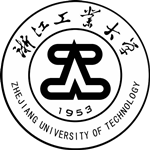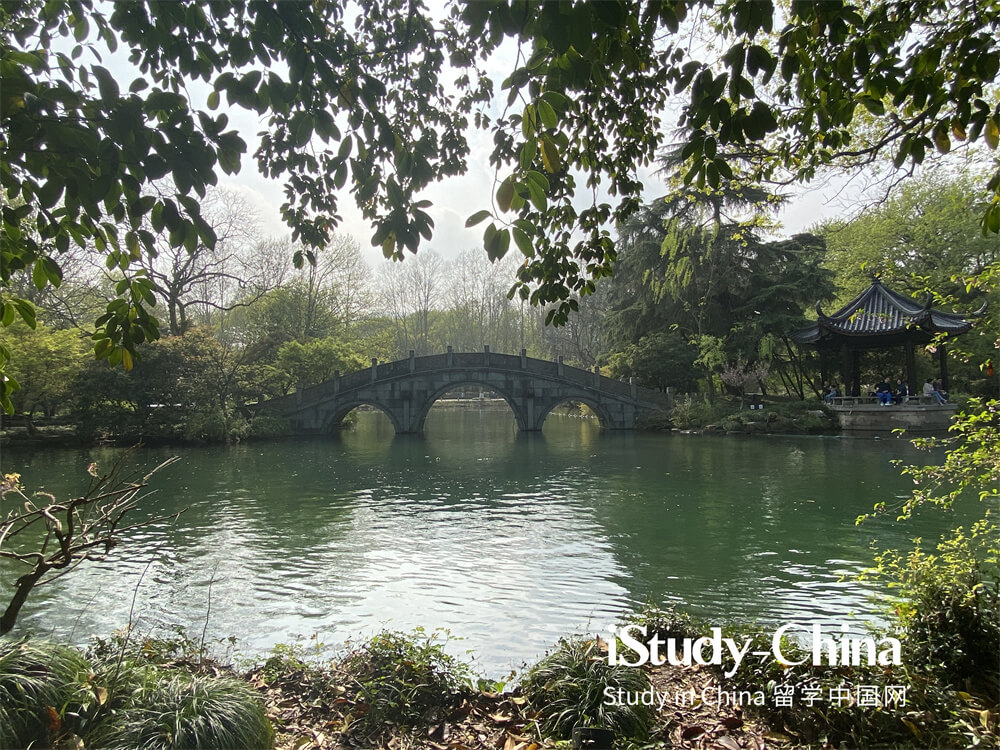School Badge

About Zhejiang University of Technology
Zhejiang University of technology, with its main campus in
Hangzhou, is one of the first batch of key construction universities in Zhejiang Province jointly built by the Ministry of education and the people’s Government of Zhejiang Province and the first batch of leading universities in the national “2011 plan”. It has been selected into the national “111 plan”, the first batch of “excellent engineer education and training plan” and “excellent teacher training plan” of the Ministry of education “New engineering research and practice project”, national innovation experiment program for college students, national innovation and entrepreneurship training program for college students, institutions receiving Chinese government scholarships, Confucius Institute scholarships, and the first batch of scientific and technological achievement transformation and technology transfer bases of colleges and universities. It is a member of Asia Alliance of planning institutions (APSA) and CDIO Engineering Education Alliance.
The school was founded in 1953. Its predecessor can be traced back to Zhejiang secondary industrial school founded in 1910. It has experienced the development stages of Hangzhou chemical school, Zhejiang chemical college, Zhejiang Institute of chemical technology, Zhejiang Institute of technology and
Zhejiang University of technology. In 1994, 1999 and 2001, Zhejiang economic management cadre college, Hangzhou shipbuilding industry school and Zhejiang building materials industry school It was further incorporated into Zhejiang University of technology. In June 2009, Zhejiang Provincial People’s government and the Ministry of education signed a co construction agreement, and the university entered the ranks of provincial and ministerial co construction universities. In May 2013, the University became one of the first 14 leading universities of collaborative innovation centers identified in the national “2011 plan”.
As of February 2021, there are four campuses: Zhaohui, Pingfeng, Moganshan and Zhijiang, covering an area of 3550 mu, with a total fixed asset value of 4.406 billion yuan; there are 26 secondary colleges, one department and another independent college; there are 9 post doctoral research stations, 9 first-class discipline doctoral programs, 29 first-class discipline master programs, 19 master’s degree authorization categories and 66 undergraduate enrollment majors; There are 3125 teaching staff, 19179 full-time undergraduate students and 10022 postgraduate students.
Advantages
As of February 2021, the university has 3125 teaching staff, including 2277 full-time teachers, 487 teachers with senior titles, 970 teachers with deputy senior titles and 1605 teachers with doctoral degrees. It has 3 academicians of the Chinese Academy of engineering, 4 academicians of the Chinese Academy of Sciences and the Chinese Academy of engineering, 4 winners of the national fund for Distinguished Young Scholars, 10 winners of the national “ten thousand talents plan”, 10 middle-aged and young experts with outstanding contributions at the national level, 3 National famous teachers, 4 winners of the national fund for Distinguished Young Scholars, and 9 winners of the “ten million talents project” of the Ministry of human resources and social security, There are 2 innovation teams of the Ministry of education, 2 national teaching teams, 9 special experts in
Zhejiang Province, 22 middle-aged and young experts with outstanding contributions in Zhejiang Province, and 42 distinguished professors of “Qianjiang scholars” in Zhejiang Province.
As of February 2021, the school has 9 post doctoral mobile stations; There are 9 doctoral degree authorization points of primary disciplines and 1 doctoral degree point of secondary disciplines not covered by primary disciplines; There are 29 master’s degree authorization points of first-class disciplines, and 5 Master’s degree points of second-class disciplines not covered by first-class disciplines; It has the right to grant 19 master’s degrees; It has the right to recommend postgraduates without examination and the right to recruit foreign students, Hong Kong, Macao and Taiwan students. It has 1 national key (cultivation) discipline, 3 first-class disciplines of top priority in Zhejiang Province, 3 top priority disciplines in Zhejiang Province, 11 provincial first-class disciplines (Class A) and 7 provincial first-class disciplines (class B).
On December 28, 2017, the academic degree and graduate education development center of the Ministry of Education announced the results of the fourth round of national discipline evaluation. The school’s chemical engineering and technology discipline entered the A-level, ranking the top 10%; mechanical engineering, business administration and other two disciplines entered the B + level, ranking the top 20%; environmental science and engineering, pharmacy, control science and engineering, computer science and technology, software engineering and other five disciplines entered the B level, ranking the top 30%.
According to the data updated by the basic scientific indicators database (ESI) of the United States on May 10, 2018, the agricultural science discipline of the university entered the top 1% of ESI for the first time, becoming the fifth discipline to enter the top 1% of ESI after chemistry (2010), engineering (2011), Materials Science (2015) and environmental science and Ecology (2016).








